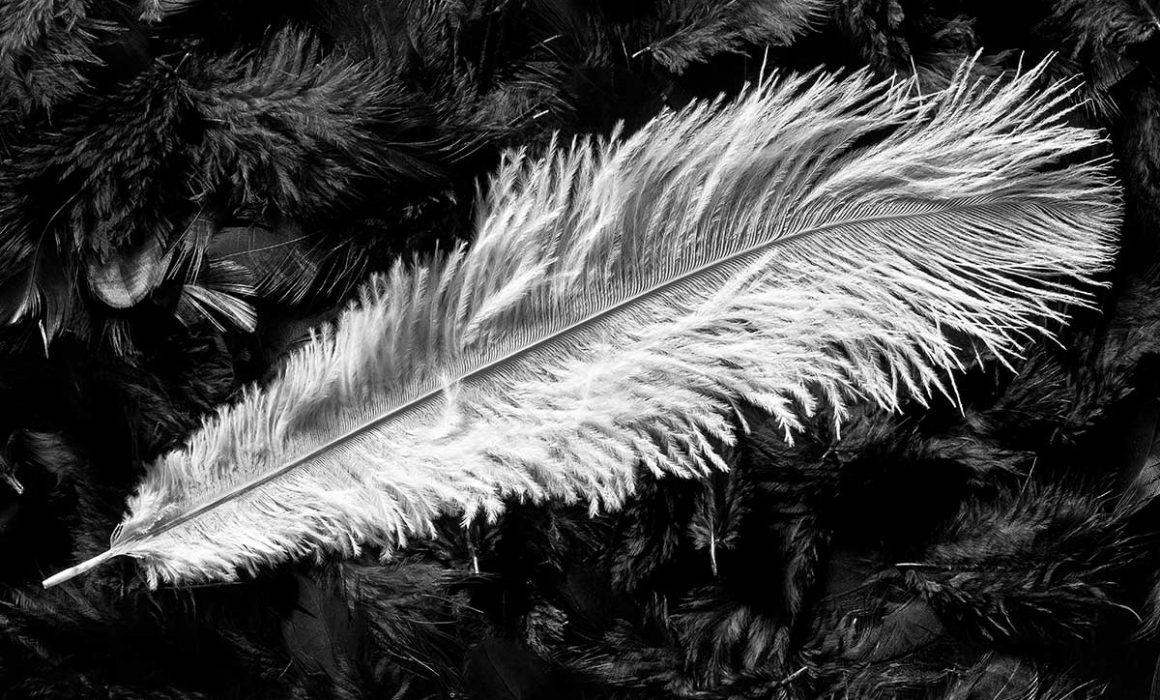Black and White Photography Basics
Why shoot in Black and White when you have a camera capable of shooting rich colors? This is the question that comes to mind of many photographers when they hear about Black and White photography. In the early days of photography, there were no color photographs. It started with Black and Whites.
Why do Black and White Photography?
You can bring more feel to an image when you shoot in Black and White. It doesn’t mean that you can convert all your images to Black and White to give them a good feel.
It brings the texture, contrast, and shape of the subjects beautifully. If you ask any experienced photographer then they would tell that one can see the quality of light in a monochrome image. Many great photographers like Ansel Adams, David Yarrow shoot in Black and White.
Camera Settings for Black and White Photography
Let us have a look at the camera settings for Black and White. In order to use this, you need to enable the Monochrome mode in your camera.
In modern DSLR/ Mirrorless cameras, this mode can be seen under the “Picture Style” section.
If you shoot in RAW, you can later convert it into Black and White using any post-processing software like Adobe Lightroom.
JPEG is a compressed format. So, you will lose image quality when you edit a JPEG image.
Go for the RAW format. You can also fine-tune the RAW image to get a better image quality.
When to Shoot in Black and White?
If you know the situation where you need to go for a B&W image, you can get the best out of it.
If you start clicking everything in monochrome then you may lose some great photo opportunities in color.
So you should develop a sense to know when to use it. In order to develop this, you need to see your scene in B&W.
Either you need to visualize the same scene in Black and White or you need to use grey glass or dark glass. You can see through these glass pieces to get a monochromatic feel.
7 Elements Of Black and White photography
Let us have a look at the 7 elements that make up a beautiful B&W image.
You can fine-tune these elements using camera filters in the field or using post-processing software like Lightroom. It will help to create a good image.
1. Contrast
Contrast is the first important element of a Black and White photograph. The feel of an image changes with the change in contrast.
A high contrast image is better in some situations whereas a low contrast image in others. You will learn it through experience only.
So you need to start shooting in B&W from now onwards.
An example of a high contrast image is shown below.
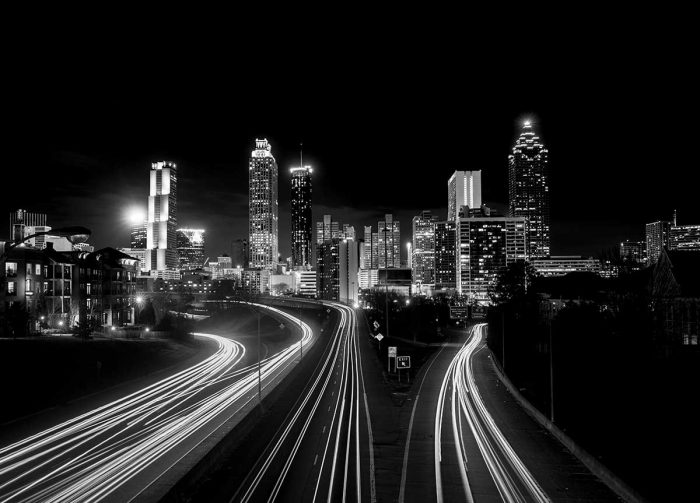
A long-exposure photo. A High Contrast image Situation with light streaks in dark
80 percent of the time, a high contrast image works better for a Monochrome Image. Make sure that you don’t overdo the contrast thing.
What will happen if you increase the contrast by too much? You will lose the details in shadows and burn the highlights.
2. Texture
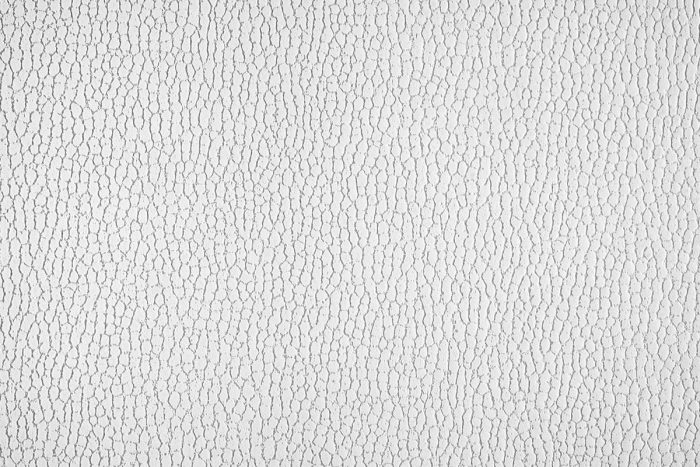
Texture in a Leather sheet captured in Black and White. If you try to capture this in color then you won’t be able to bring the viewer’s attention to the texture. they will get carried away by the tanned brown color of the leather alone.
Certain images which contain lots of textures look good in Black and White when compared to color. This style of photography brings out the textures beautifully.
If you want to bring the viewer’s eye to textures and patterns then go for it.
For example, when you photograph patterns in a rock or any surface, it will look better in B&W.
3. Shadows
Shadow is one of the key elements of a B&W photograph. If you come across any scene with strong shadows then it is a good contender to be shot in Monochrome.
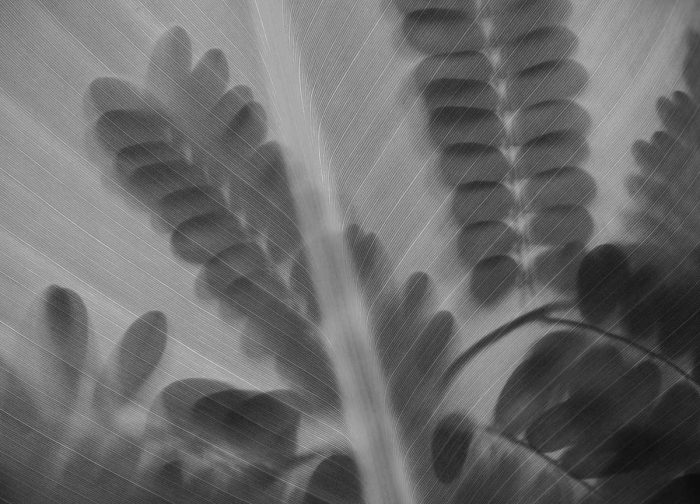
There are good shadows as well as bad shadows. Your success depends on identifying the good shadows which add to the feel of the picture.
How to look for Good Shadows?
If the shadow has a shape or pattern which blends with the scene then you have got an interesting Black and White scene to shoot.
Another thing about a shadow is, it changes shape with angles. So, you should try from different vantage points to see the variation in the shape of the shadow. In this way, you can find the best angle for the shot.
4. Highlights
For a Black and White picture, highlights are similar to shadows. You can’t just capture all the shadows in a scene to create a breathtaking image.
You need to have the highlights in the scene too. They complement each other.
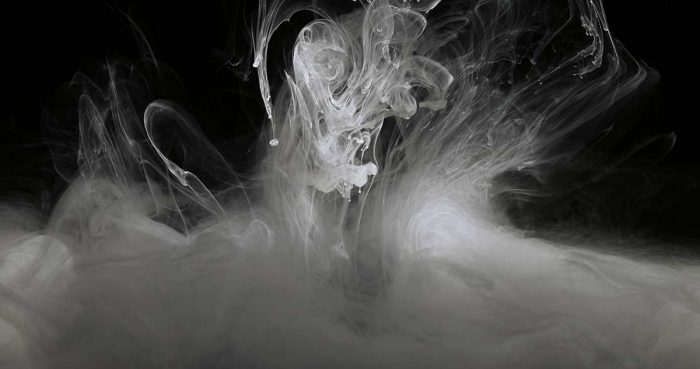
The major part of the image is occupied by the Smoke. Photographer has emphasized capturing the Highlights in the smoke, leaving a dark black background
There are photographers who put emphasis on details in highlights. if you go through their images you would find that the details in shadows are missing in many images. It is their style of photography.
So, there are no hard and fast rules. You can develop your own style in Black and White photography.
5. Tones
How do you deal with the tones in a B&W image? It is a little tricky.
Sometimes when you shoot an image you may get almost the same tone for different colors. It is because your camera is converting the color into shades of grey. So, certain colors may look the same.
One way to deal with this situation is to use camera filters.
Another way is to use digital filters during the photo editing stage. The tones have a great impact on Black and White photography. The right tone can do wonders for your capture.
6. Shapes
Shapes can create points of interest. You would have learned the impact of shadows. The shape of the shadow is equally important. Shapes can strengthen as well as weaken your compositions.
How do you differentiate the shapes? You can do this by playing with contrast. If you apply a high contrast to an image then you are actually making the shapes look more prominent and vice versa.
Too much contrast to emphasize the shape can look awkward too. There should be a balance always.
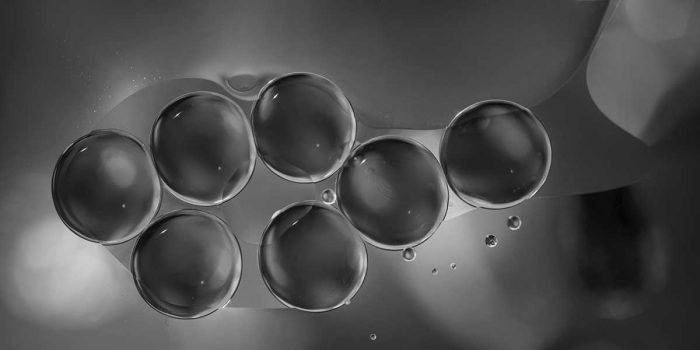
Here the photographer has used the shapes of water bubbles to create this interesting Black and White photo.
For unique images, you need to see the shapes that others miss and you should miss the shapes which others see.
Shapes are tied to contrast, not to tones. Don’t get confused.
7. Patterns
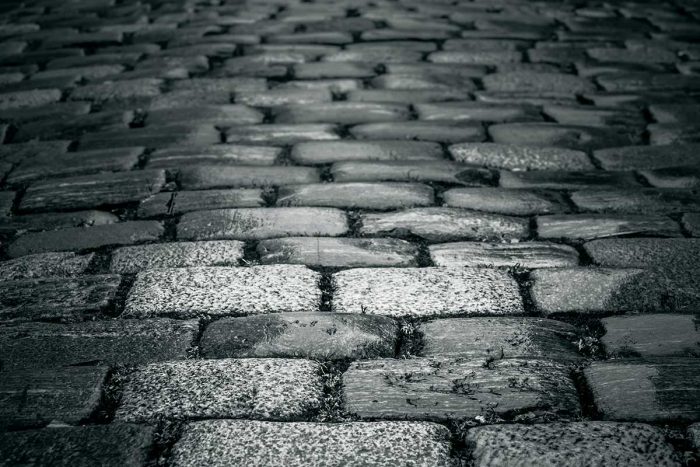
Patterns of Cobbleblocks on Road captured in Black and White. Photographer has used a narrow Depth of Field to create the blur effect for half of the scene.
Patterns can bring more value to Black and White photography. You should develop the skill to find interesting patterns in nature. It can be found in rocks, trees in the forest, building structures, animals, and many more.
Now you would have got some ideas to create beautiful Black and White Photos. The key to good shots in this genre of photography is to see in Black and White.

